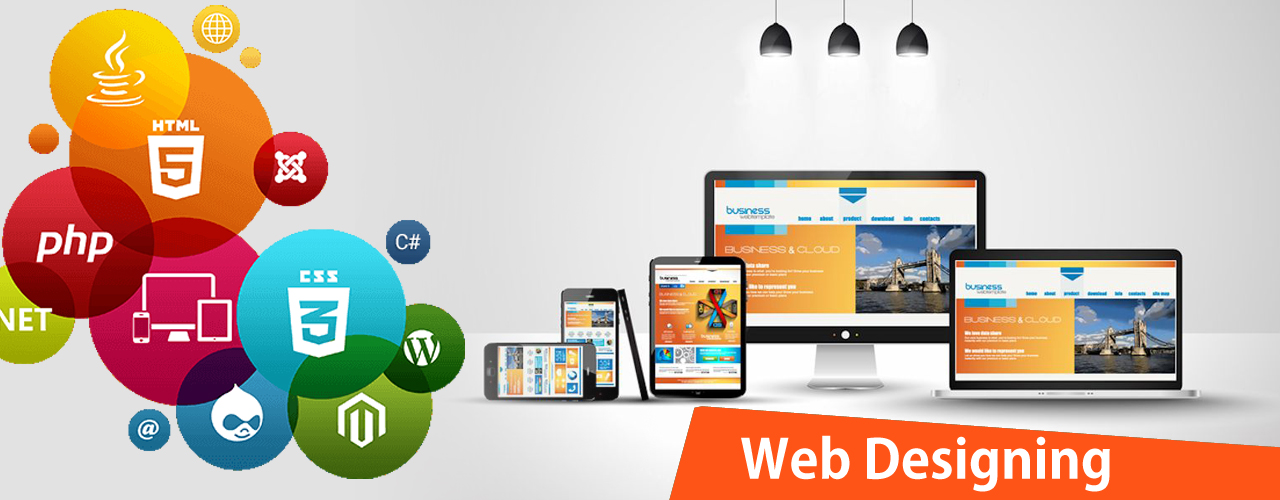Higher education institutions are increasingly relying on technology to streamline their admissions processes, and Admission Management Systems (AMS) or Admission Management Software are becoming increasingly common. While implementing an admission management system can provide significant benefits to an institution, such as increased efficiency, streamlined communication, and improved data analytics, there are some best practises and lessons learned that institutions should consider before implementing an admission management system.
Best Approaches for Putting an Admissions Management System in Place
Establish specific aims and objectives.
Institutions should identify clear aims and objectives for an admission management system before implementing it. This includes determining the exact problems that the system will address, as well as the anticipated benefits and outcomes. Setting specific goals and objectives will help to ensure that the system is implemented in a way that matches with the overarching strategic goals and objectives of the organisation.
Ensure stakeholder support
It is critical to ensure that all stakeholders are on board with the admission management system’s implementation. This includes admissions personnel, IT personnel, senior management, and other critical players. Effective communication, training, and teamwork can help achieve stakeholder buy-in.
Choose the best provider and software.
Selecting the correct vendor and software for an admission management system implementation is vital to its success. While picking a vendor and software, institutions should evaluate aspects such as vendor reputation, product features, scalability, and pricing. It is also critical to assess the vendor’s support and training capabilities, as well as their capacity to tailor the programme to match the specific demands of the institution.
Create a clear implementation strategy.
A clear implementation plan is essential for the successful implementation of an admission management system. A schedule, milestones, and clear roles and responsibilities for all stakeholders should be included in the strategy. It should also include a testing and training plan, as well as contingency preparations for unforeseen problems or hurdles.
Performance should be monitored and evaluated.
Monitoring and evaluating the performance of the admission management system is critical to ensuring that it is reaching the aims and objectives of the institution. Institutions should analyse data analytics on a regular basis to identify areas for improvement and make required system improvements.
Deployment of Admission Management Systems: Lessons Learned
It is vital to communicate effectively.
Good communication is critical for the successful implementation of an admission management system. Institutions should ensure that all stakeholders are continuously informed throughout the implementation process and that clear lines of contact for feedback and assistance are established.
Staff education is critical.
Employee training is essential to ensure that all staff members are knowledgeable with the admissions management system. To guarantee that the system is used successfully and efficiently, institutions should provide extensive training to admissions personnel and other relevant staff members.
Data migration might be difficult.
During the implementation of an admission management system, data migration might be a substantial difficulty. Early in the implementation process, institutions should plan for data transfer and ensure that they have adequate resources and assistance to execute the process properly.
Customization has the potential to improve the system.
Modification can considerably improve an admission management system’s efficacy. Together with the vendor, institutions should identify areas where the programme can be customised to meet the institution’s specific needs.
Continuous maintenance is required.
Continuous maintenance is required to guarantee that an admission management system remains effective. Institutions should budget for continuing vendor maintenance and support, as well as regular software updates and upgrades.
Conclusion
Establishing an admission management system can provide major benefits to higher education institutions, but it involves careful planning, implementation, and continuing maintenance. Institutions can successfully adopt an admission management system that improves their admissions process while meeting their strategic goals and objectives by following best practises and learning from the lessons of past implementations.





